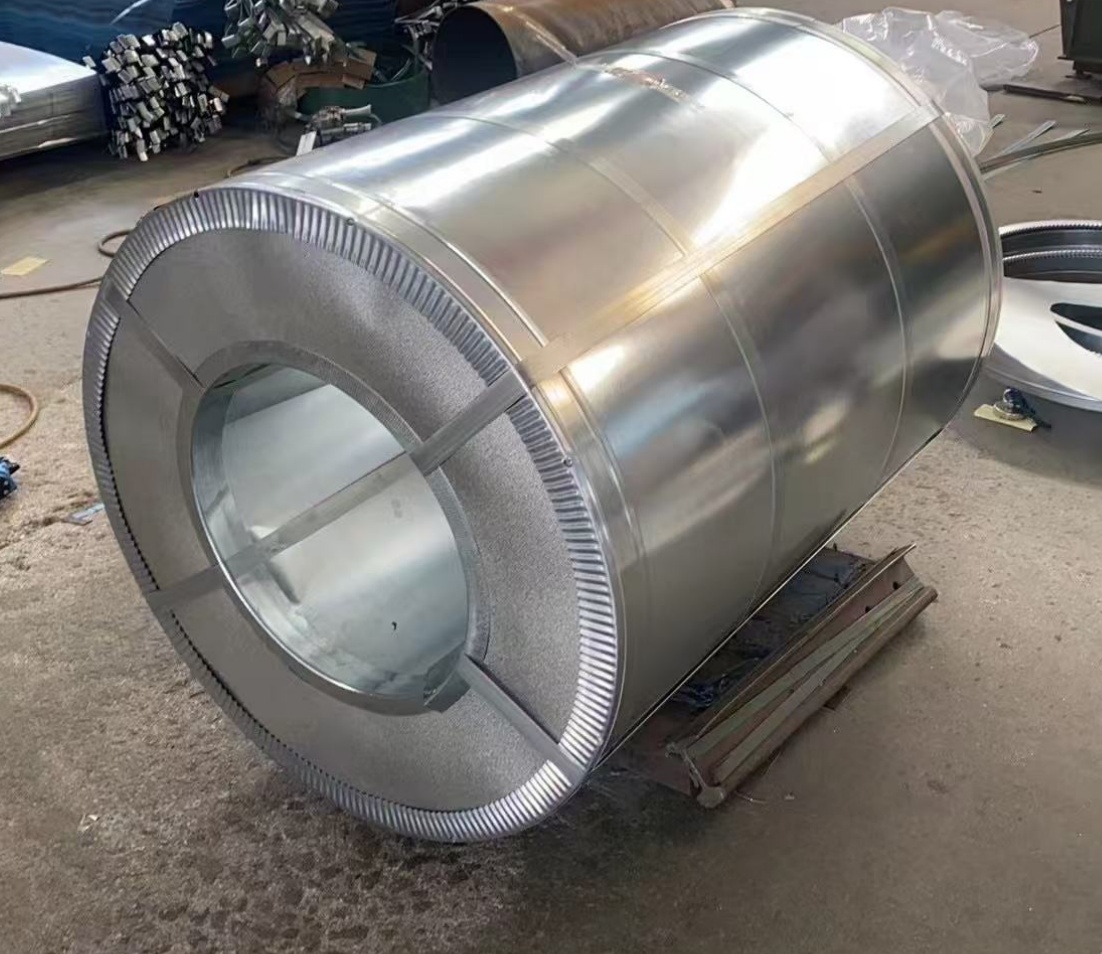In the fields of international steel trade and construction manufacturing, galvanized steel coils and color-coated steel coils are widely used in industries such as construction, home appliances, transportation, and energy due to their excellent corrosion resistance, structural strength, and aesthetic appearance. However, in actual supply chain operations, moisture protection during transportation is often overlooked.
Especially in cross-border sea transport, humid and hot climates, and complex warehouse environments, inadequate packaging protection measures can easily lead to surface rusting of steel coils, coating blistering, or even the scrapping of an entire batch of products, resulting in economic losses. Gaining a thorough understanding of moisture-proof techniques during the packaging and transportation of galvanized steel coils and color-coated steel coils is not only a critical step in ensuring product quality but also the first line of defense in building international delivery credibility.

1.Why is moisture protection important during steel coil transportation?
Whether it is galvanized steel coils or color-coated steel coils, their core material is still carbon steel. Once the outer zinc layer or coating is damaged, it is highly susceptible to oxidation reactions with moisture. While the surface coating provides some protective function, it is not absolutely airtight. Prolonged exposure to moisture or the presence of condensation can cause the coating to bubble, peel off, and ultimately lead to rusting.
Cross-border transportation primarily uses container shipping, where the humidity inside the cargo hold is high. Without proper packaging, moisture can easily penetrate the packaging layers. During long-distance transportation, temperature fluctuations between day and night may cause “condensation” to form inside the container, directly adhering to the surface of the steel coils.
2.Steel coil packaging: layered protection from the inside out
Inner layer protection — rust-proof paper and plastic film wrapping
Rust-proof paper: The steel coil surface is first tightly wrapped with rust-proof paper to prevent direct contact with air;
Plastic film: An outer layer of PE plastic film or composite waterproof film is added to prevent moisture penetration;
Heat sealing or adhesive sealing: Seams must be sealed with heat sealing or strong adhesive tape to prevent the formation of “moisture pathways.”
Middle layer reinforcement — corner protectors and steel banding
Corner protectors: Plastic or paper corner protectors are installed at the edges and corners of the steel coils to prevent damage from steel banding;
Steel banding: Steel banding is typically applied in a combination of circumferential and axial directions to maintain the overall stability and prevent shifting of the steel coils.
Outer layer barrier — metal sleeves or corrugated iron sheet packaging
Metal Sheet Wrapping: Most export orders use fully enclosed galvanized corrugated iron sheet wrapping to enhance mechanical strength and waterproofing;
Base Pallet: Use wooden or metal pallet bases for easy lifting, while maintaining a clearance of over 20 cm from the ground to prevent moisture absorption.
3.Loading and Transportation Techniques: Reducing Moisture and Deformation Risks During Transportation
Pre-packing inspection
Ensure the outer packaging of steel coils is intact and undamaged;
The container interior must remain dry; remove any standing water or debris in advance;
Place desiccants (e.g., calcium chloride desiccant packets) in proportion at the four corners of the container and between steel coils.
Proper stacking method
Steel coils should be placed with the “eyes horizontal” or “eyes facing upward”;
Add wooden blocks or cardboard between each row of steel coils to prevent friction and compression;
Ensure the center of gravity is evenly distributed to prevent tipping or rolling of steel coils during transportation.
Container Sealing and Ventilation
Close the container doors promptly and seal them after loading;
It is recommended to use ventilated containers with ventilation ports to prevent moisture buildup from prolonged sealing;
If using standard containers, add multiple desiccant packets and regularly inspect and replace them.
4.Moisture-Proof Material Selection: Recommended Auxiliary Materials
Quality delivery starts with packaging and transportation
| Material | Function | Recommended Application Areas |
| VCI Anti-Rust Paper | Inhibits oxidation and rusting of steel surfaces | Wrapping layer directly against steel coil surfaces |
| PE Waterproof Film | Waterproof and moisture-proof | Wrapping layer and outer layer |
| Galvanized Iron Sheet | Physical impact protection and waterproof | Outer protective layer |
| Paper Corner Guards/Plastic Corner Guards | Edge protection | Steel band edges |
| Wooden/Steel Pallets | Moisture-proofing the ground | Bottom support structure |
| Desiccant | Absorbs moisture from the air | Inside containers or wooden boxes |
In the steel product supply chain, the quality of the product itself is only the foundation; moisture protection during transportation also determines the final customer satisfaction. A scientific, standardized, and replicable packaging moisture-proofing system is the guarantee of a steel export company’s “brand reputation.”
